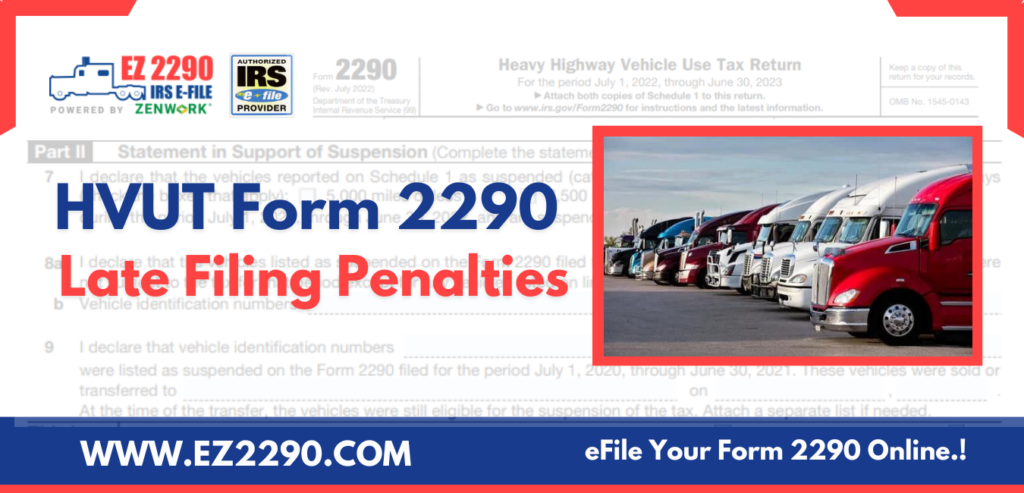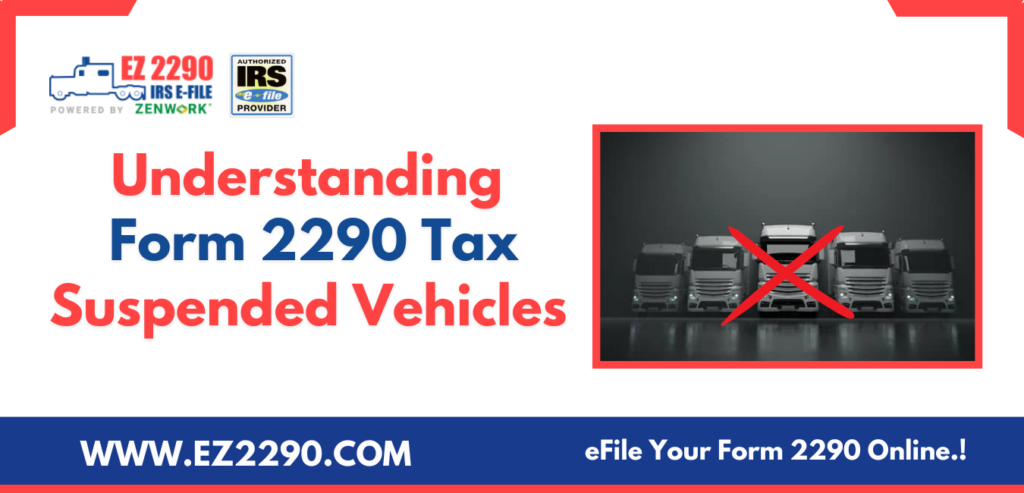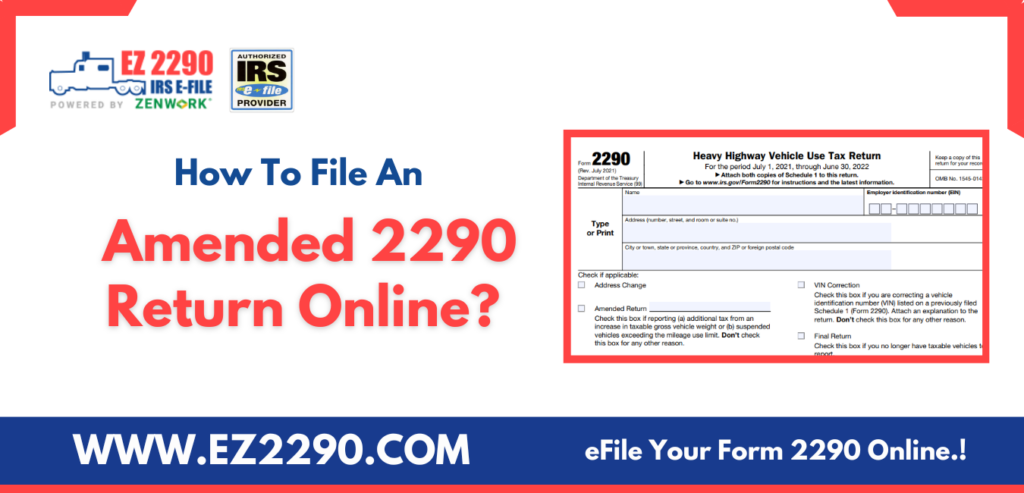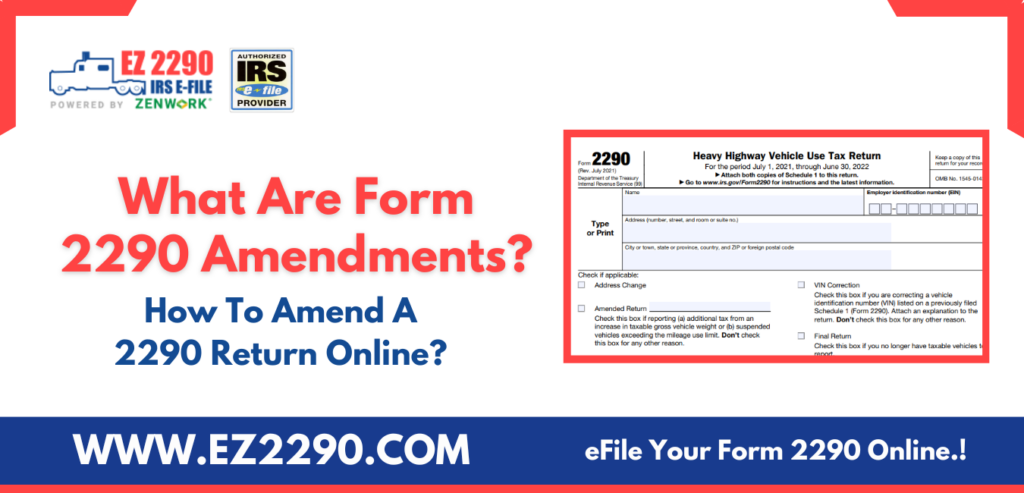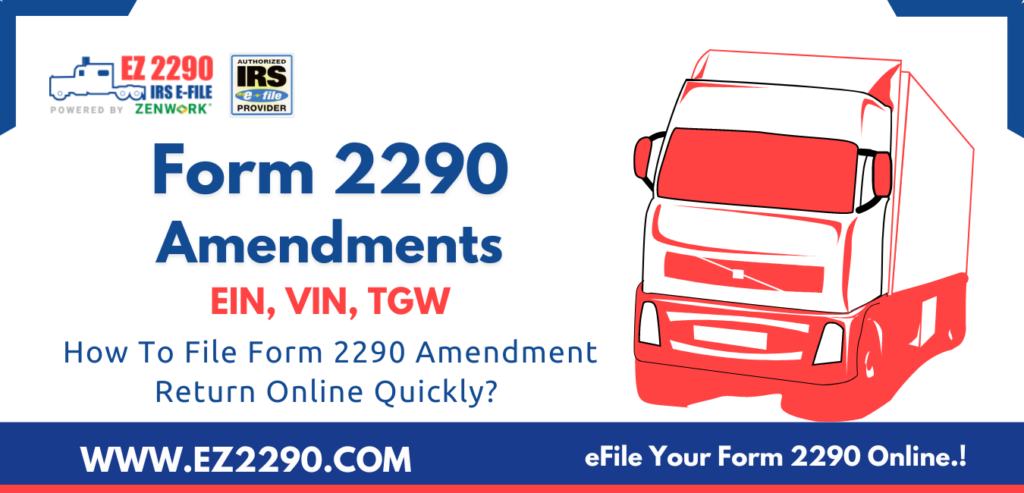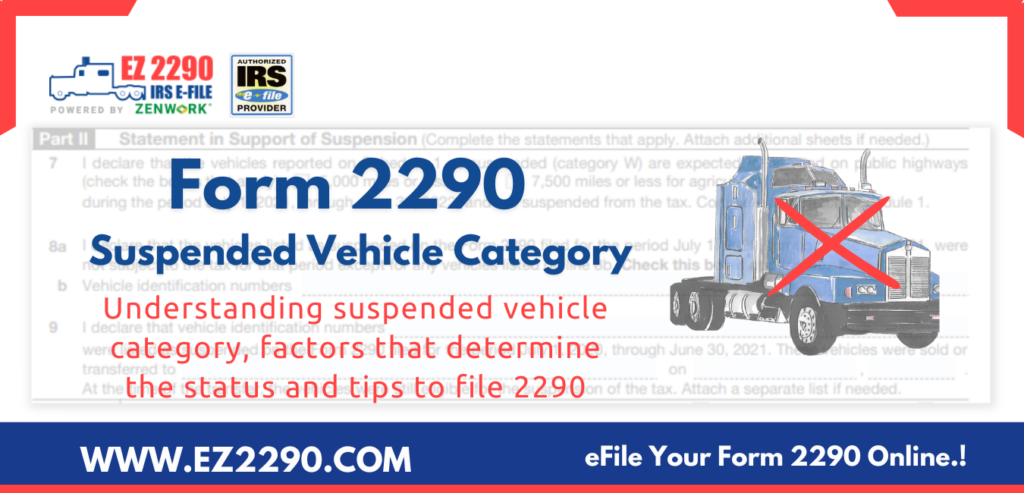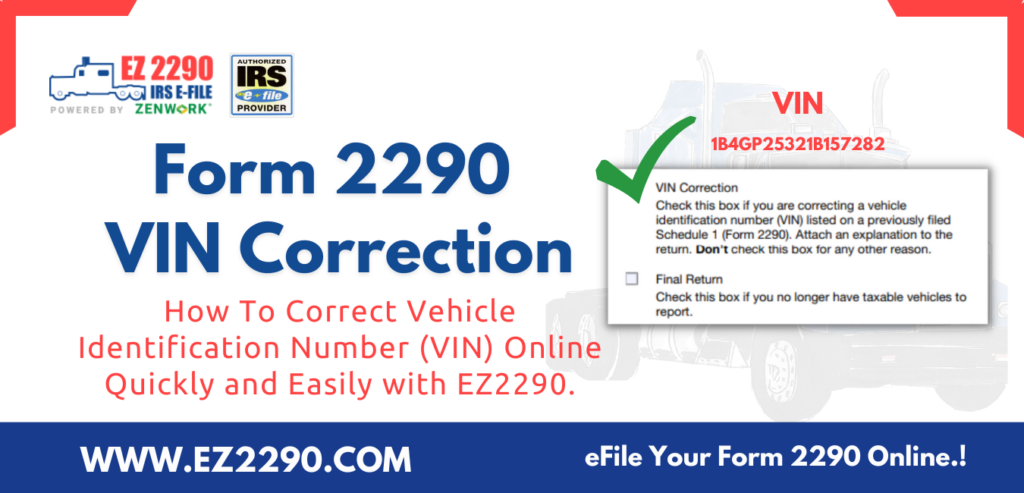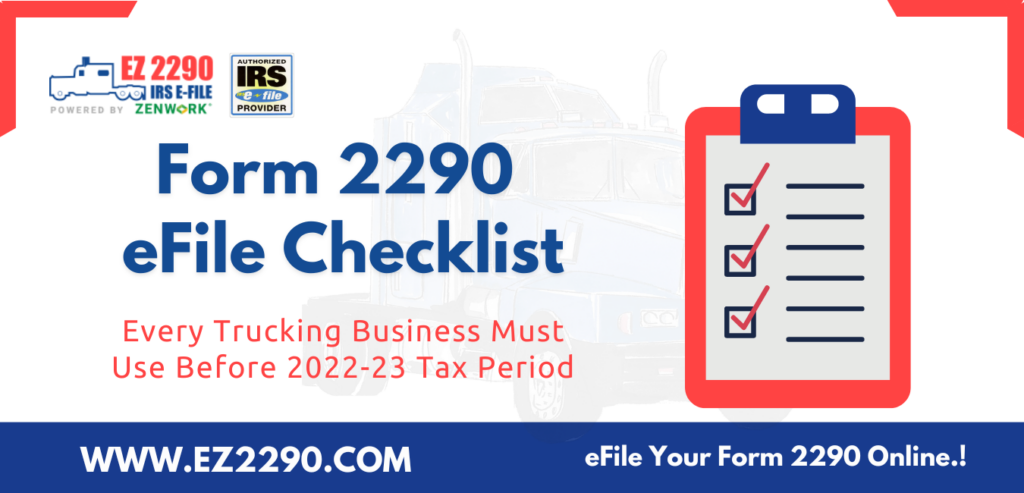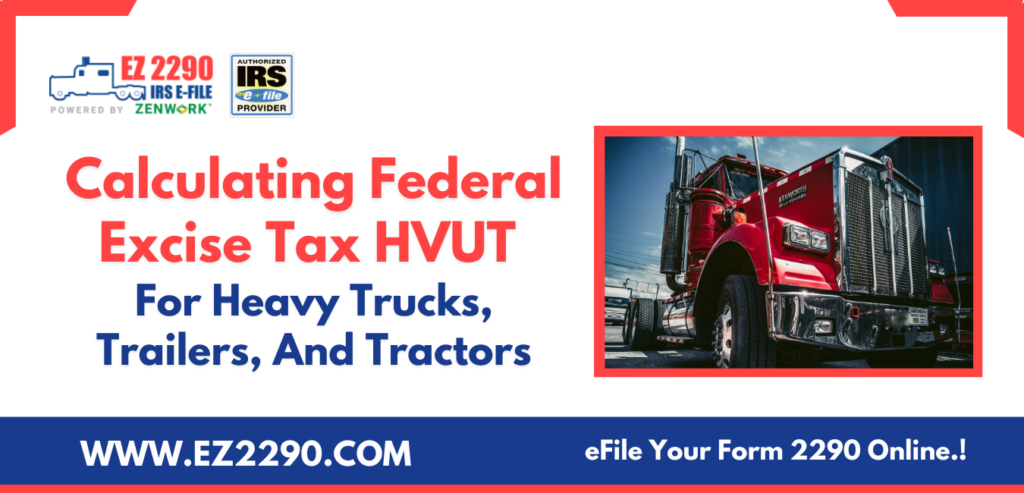
A simple way to calculate your HVUT tax accurately and file your 2290 tax forms online.
The Federal Highway Administration (FHWA) requires truck owners, fleet owners, and trucking businesses to pay a certain amount of tax on the heavy vehicles that utilize the federal highways for transportation.
This is because heavy trucks wear off the highways a lot faster than lighter vehicles. The inherent heaviness of the vehicles in addition to the load weight that the vehicles transport, has an impact on the highways.
As a result, the federal highway administration through the IRS collects a small amount of tax from heavy vehicle owners.
Regardless of the number of owners a heavy vehicle has, the federal excise tax, HVUT must be paid, and the 2290 forms must be filed.
But of course, not all vehicles qualify for HVUT taxes.
The motor vehicles that meet the federal highway vehicle usage requirements qualify for HVUT, and the vehicle owners must pay the computed tax.
The following discussion will cover all the important aspects of HVUT and help you learn the simplest way to calculate the HVUT for your heavy highway vehicle.
So, let’s get started.
What Is HVUT?
Heavy Highway Vehicle Usage Tax or HVUT is a federal excise tax imposed on heavy vehicles, such as trucks, tractors, truck-tractors, combination trucks, and other heavy vehicles that utilize the highways to transport goods, materials, and commodities.
The IRS Form 2290 exclusively deals with HVUT tax information reporting.
Businesses and individuals who own and operate heavy trucks weighing 55,000 pounds or more are required to prepare and file their HVUT tax form 2290 to the IRS.
In addition to reporting the HVUT tax, the trucking business also needs to pay the HVUT tax owed to the IRS. The tax is calculated basing the gross taxable weight of the vehicle and the month in which the vehicle was first operated on highways.
Why Do You Need To Pay HVUT 2290 Tax?
HVUT tax is a federal excise tax.
This means it’s a federal tax mandate that every trucking business and truck owner must follow.
HVUT 2290 tax is also a significant source of transportation funding.
The HVUT taxes, collected throughout the June-July cycle, are used for federal highway infrastructure.
The funds are specifically used for a variety of safety and highway development programs, including but not limited to:
- Highway infrastructure
- Highway improvements & maintenance
- Bridge maintenance activities
- Highway law enforcement
- Congestion relief projects
- Local highway safety programs
- Research, engineering, and alike activities
- Safety programs, such as driver education and training, vehicle inspection programs, vehicle size, weight enforcement, and others.
How To Calculate HVUT For Heavy Trucks, Trailers, and Tractors?
Let’s understand the HVUT tax computation with an example.
Say, you own a highway truck that you typically use to transport commercial goods.
The vehicle weighs 56,000 pounds, and you started operating the vehicle on the highway in February for the first time.
Remember that a heavy vehicle that weighs about 55,000 pounds is taxed at $100.
With every 1000 pounds, the vehicle adds to its gross weight, an additional tax of $22 is added.
The tax computation for this use case would be as follows.
Tax rate for vehicle weighing 56,000 pounds = $122
$100 for 55,000 pounds + $22 for the 1000 pounds in excess of the 55,000 pounds.
Now, assume that the gross weight of the vehicle (the unloaded, “empty” weight of the vehicle including the operational equipment and installations) increased during, say April, to 58,000 pounds.
Note: 2290 Amendment form must be filed to report an increase in the gross taxable weight of the vehicle.
The additional tax would be $22 x 2000 pounds = $44.
Add this amount to the total tax above, which brings the net tax payable to $122 + $44 = $166 (before deductions)
If you’ve received a refund from the IRS for overpaying your HVUT taxes previously, then such an amount must be deducted from the net tax payable.
The product after the subtraction is the total net tax you owe to the IRS.
So, assuming that you received $50 in HVUT tax refund, the total net tax payable is $166 – $50 = $116
You must prepare and file a 2290 form to report the same to the IRS and pay your HVUT.
Calculate HVUT For Free
Note: HVUT is applicable on both agricultural and non-agricultural vehicles. However, the logging status of the vehicle will imply a slight change in the tax rates applicable. Qualified logging vehicles are taxed at $75, which is $25 less than the tax imposed on non-logging vehicles (which are taxed at $100).
Where To eFile HVUT Form 2290 & Pay HVUT Tax Online
Preparing your HVUT 2290 forms and paying your HVUT with an IRS-authorized eFile provider, like EZ2290, is a good start.
Over 10,000 trucking businesses like yours trust EZ2290 for its convenient eFiling experiences and seamless bulk 2290 eFiling solutions.
EZ2290 offers a simple 5-step process to eFile your 2290 and pay the 2290 tax online.
Step 1: Create your FREE EZ2290 account
Step 2: Import your vehicle & business data SECURELY
Step 3: eFile your 2290 tax forms QUICKLY
Step 4: Pay your 2290 tax via available ONLINE payment options
Step 5: Get IRS-stamped Schedule-1 INSTANTLY
Get Started For Free & File Your 2290 Forms
Other Useful Reads From Ez2290 Blog
